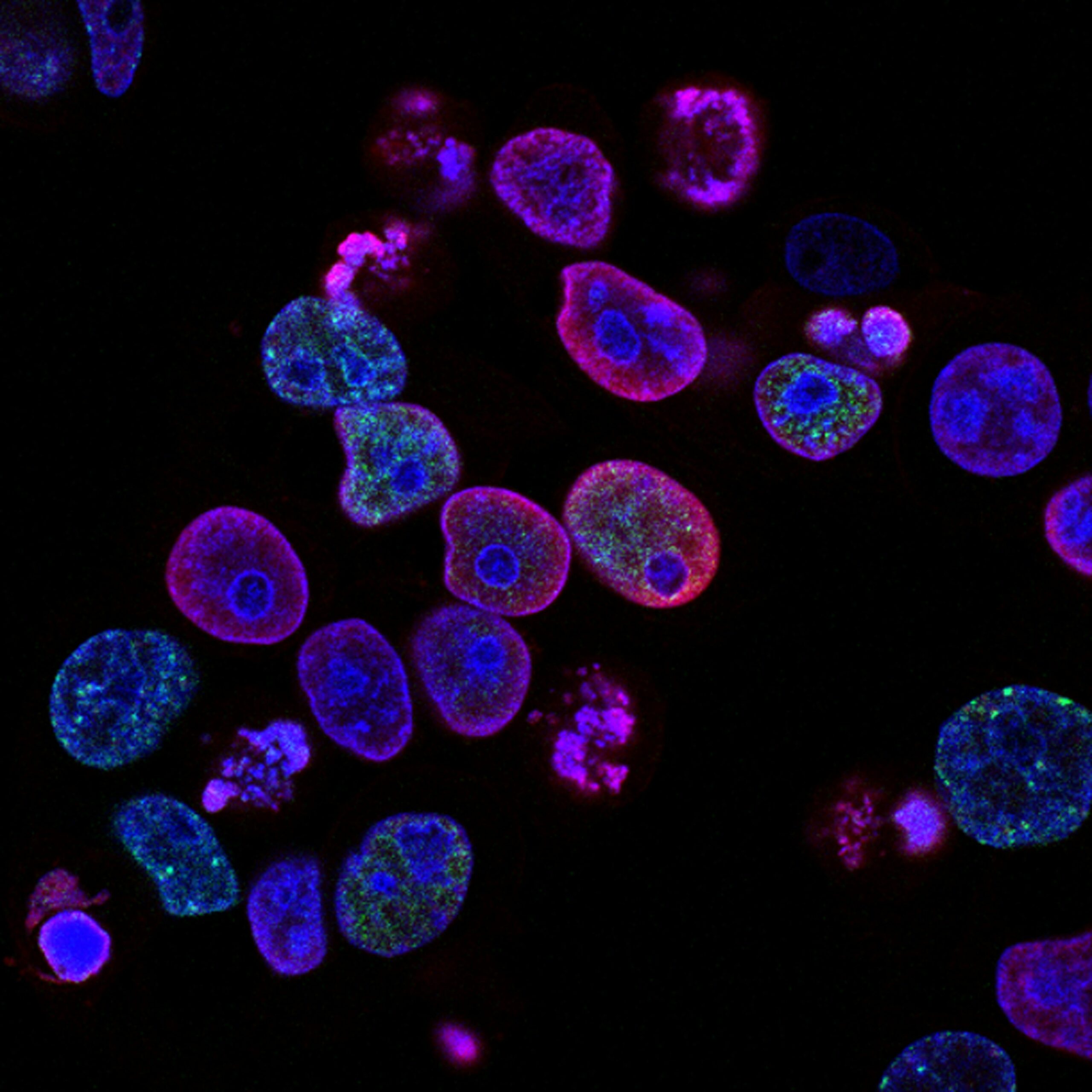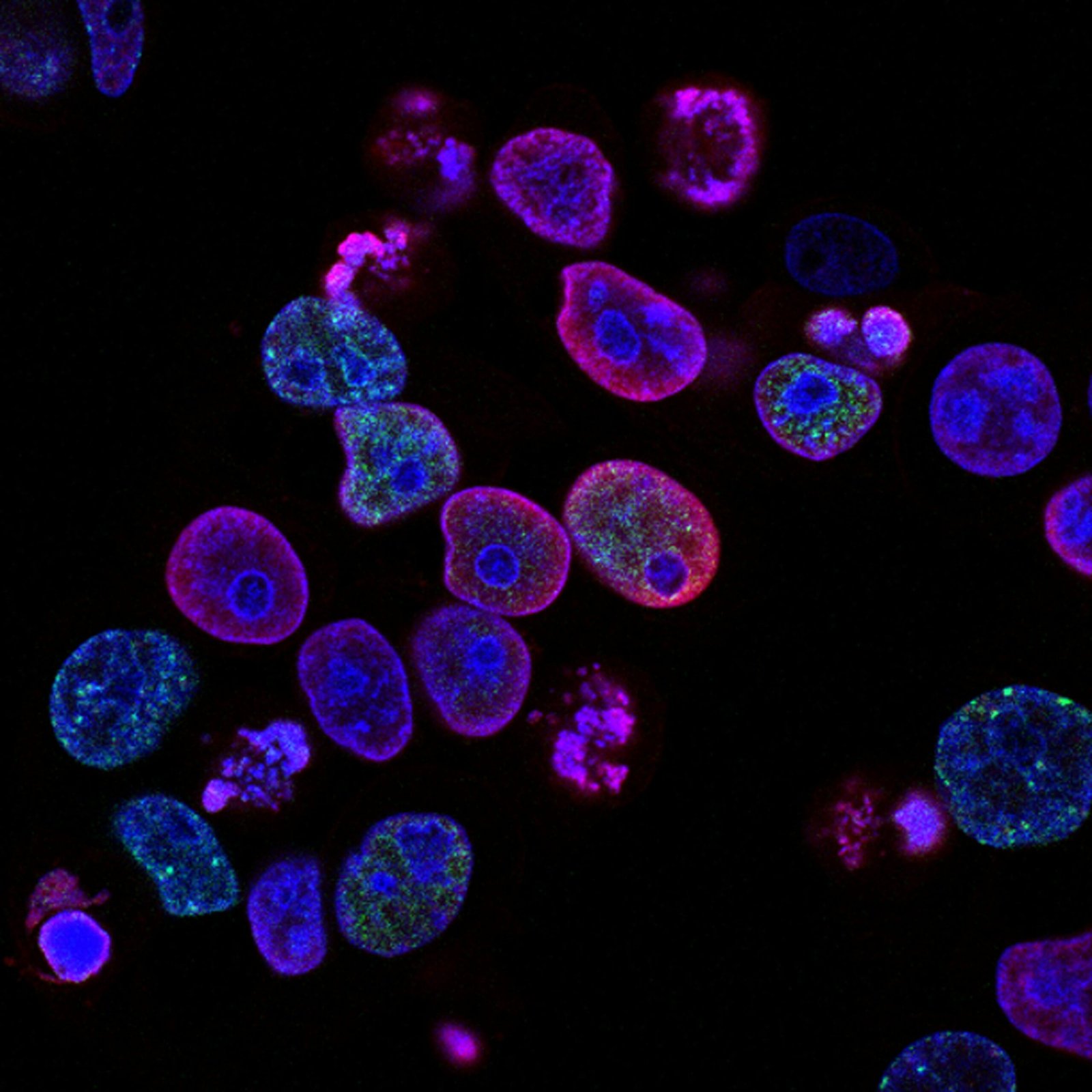Understanding Fungal Infections: A Comprehensive Guide
What Are Fungal Infections?
Fungal infections are medical conditions caused by the invasion of fungi, a diverse group of organisms that thrive in various environments including soil, plants, and even on human skin. These infections can occur when fungi, such as yeasts, molds, or mushrooms, enter the body through breaks in the skin or mucous membranes, or when the immune system is compromised, allowing these organisms to proliferate in the body. As we explore the nature of these infections, it is crucial to understand the different types of fungi and their potential impact on human health.
Yeasts are single-celled fungi that can reproduce quickly, leading to infections like candidiasis. This condition often occurs in warm, moist areas of the body and can affect the mouth, throat, or genital region. Molds, on the other hand, are multicellular fungi that typically grow in filamentous structures. They can be responsible for conditions such as aspergillosis and are often found in damp environments, highlighting the importance of environmental health in infection prevention. Lastly, mushrooms, while generally considered safe when consumed, can cause severe mycoses when they contain pathogenic species that produce toxins or other harmful effects.
Individuals who are at greater risk for developing fungal infections typically include those with weakened immune systems, such as HIV/AIDS patients, cancer survivors undergoing chemotherapy, and individuals taking immunosuppressive medications. Additionally, people with chronic conditions, such as diabetes or lung diseases, may also be more susceptible. Understanding the nature of fungal infections and recognizing the population at risk is vital for timely intervention and treatment, allowing healthcare professionals to effectively combat these often-overlooked health issues.
Types of Fungal Infections
Fungal infections represent a diverse group of conditions caused by various fungal pathogens. These infections can be categorized into several distinct types based on their location and severity. Understanding these categories is crucial for effective diagnosis and treatment.
Superficial fungal infections are among the most common and generally affect the outer layers of the skin. Examples include athlete’s foot and ringworm, both caused by dermatophytes. These infections typically manifest as itchy, red, and scaly patches on the skin. Athlete’s foot often occurs in the spaces between toes and can lead to discomfort and secondary bacterial infections if left untreated.
Cutaneous fungal infections penetrate the outer layer of the skin more deeply, affecting hair and nails in addition to the skin itself. Conditions like nail fungus (onychomycosis) fall into this category. Symptoms may include discolored, thickened nails, and in some cases, pain. These infections are often persistent and require extensive treatment.
Systemic fungal infections involve a deeper invasion of the body and can affect internal organs. Examples include cryptococcosis and histoplasmosis, which may stem from environmental exposure to certain fungi. Symptoms can be severe and may include fever, cough, and respiratory distress, particularly in immunocompromised individuals.
Opportunistic infections occur primarily in people with weakened immune systems. One of the most prevalent opportunistic fungal infections is candidiasis, caused by the Candida species. It can manifest in various forms, including oral thrush and invasive candidiasis, which affects the bloodstream. Symptoms range from oral soreness to systemic effects, depending on the severity of the infection.
Overall, recognizing the different types of fungal infections and their symptoms is vital for timely intervention and appropriate treatment. Further understanding of these infections can lead to better management and improved health outcomes.
Causes and Risk Factors
Fungal infections, also known as mycoses, are caused primarily by various types of fungi present in the environment. These microorganisms can be found in soil, decaying organic matter, and even on the human body. When the conditions are favorable, such as in warm and moist environments, fungi can proliferate and lead to infections. Common sources include airborne spores or direct contact with contaminated surfaces, which can result in skin infections, respiratory issues, or systemic conditions depending on the type of fungus.
One of the most significant risk factors for developing fungal infections is a weakened immune system. Individuals with compromised immune defenses, due to conditions such as HIV/AIDS, cancer, diabetes, or other chronic illnesses, are particularly susceptible. This vulnerability allows fungi to invade the body more easily, leading to serious infections that may require intensive treatment.
Other notable risk factors include age, with infants and the elderly facing an increased chance of infection due to their immune system’s developmental stage or age-related decline. Lifestyle choices play a crucial role in susceptibility as well. Poor hygiene practices can facilitate fungal growth, especially in areas of the body that are commonly exposed to moisture. Additionally, excessive use of antibiotics can disrupt the normal flora of the body, leading to yeast overgrowth and increasing the likelihood of fungal infections.
Moreover, individuals who are obese, smoke, or have poor nutritional habits may also find themselves at a higher risk. Environmental factors, including exposure to certain types of fungi in workplaces or during recreational activities, should not be overlooked. Understandably, the interplay between these causes and risk factors is complex; hence, raising awareness about them can significantly help in preventing fungal infections and promoting better health practices.
Symptoms of Fungal Infections
Fungal infections are diverse and may manifest through a range of symptoms that can vary significantly depending on the type of fungus involved as well as the individual’s overall health and immune status. Understanding these symptoms is essential for timely diagnosis and effective treatment.
Skin rashes are among the most common indicators of dermatological fungal infections. Typically, these rashes may present as red, itchy patches and can be accompanied by scales or blisters. Conditions such as athlete’s foot and ringworm exemplify these symptoms. The appearance of the rash can differ, and identifying the specific characteristics can assist healthcare professionals in determining the appropriate treatment.
Respiratory issues may arise from fungal infections that are inhaled or enter the respiratory system. For instance, histoplasmosis or aspergillosis can lead to symptoms such as persistent cough, chest pain, and shortness of breath. These respiratory manifestations can often mimic those of bacterial infections, hence the necessity for diagnostic tests to confirm the presence of a fungal pathogen.
Itching is another prevalent symptom, commonly associated with skin infections. This discomfort can range from mild irritation to severe itching, causing distress and a decreased quality of life for affected individuals. Patients may experience secondary infections due to excessive scratching, further complicating their condition.
Lastly, systemic symptoms may emerge when fungal infections spread beyond localized areas, especially in immunocompromised individuals. Symptoms such as fever, fatigue, and malaise may be present, indicating a more serious condition necessitating immediate medical intervention. Fungal infections can affect multiple systems within the body, warranting urgent attention.
In summary, the symptoms of fungal infections can be wide-ranging and can affect various parts of the body. Recognizing these signs is crucial for early diagnosis and treatment, especially in individuals with underlying health issues.
Diagnosis of Fungal Infections
The diagnosis of fungal infections is a multifaceted process that typically begins with a thorough patient history and physical examination. Healthcare professionals will inquire about the patient’s symptoms, including duration, severity, and any relevant exposure to environmental factors or underlying health conditions that may predispose them to fungal infections. These initial conversations are crucial, as they help to guide subsequent diagnostic steps.
Once a patient’s history is assessed, physical examination plays a vital role. Doctors will look for clinical signs of fungal infections, such as rashes, lesions, or discoloration of the skin and nails. The examination may also extend to mucosal surfaces and internal organs, depending on the suspected site of infection. Certain fungal infections may present with unique characteristics that aid in diagnosis, making keen observational skills essential.
Laboratory tests are integral to confirming the diagnosis of a fungal infection. Microscopic examinations of skin scrapings, nail clippings, or biopsy specimens allow healthcare professionals to observe fungal elements directly. This method offers valuable insights into the type and extent of the fungal infection present. In addition, cultures are performed to identify the specific fungus involved. This process involves growing the organism in a controlled environment to assess its characteristics and susceptibility to antifungal medications.
Imaging studies may also be employed when the infection is suspected to be deep-seated, particularly in cases such as pulmonary fungal diseases. Techniques like X-rays, CT scans, or MRIs can help visualize the extent of the infection and its effects on surrounding tissues. Collectively, these diagnostic methods provide a comprehensive understanding of fungal infections, allowing for tailored and effective treatment plans.
Treatment Options
Fungal infections can be particularly challenging, but various treatment options are available to aid in their elimination. These treatments can broadly be classified into antifungal medications, home remedies, and preventive measures. Antifungal medications, an essential aspect of managing fungal infections, can be categorized into topical and systemic agents. Topical antifungals are typically applied directly to the affected area and include clotrimazole, miconazole, and terbinafine. These medications are beneficial for superficial fungal infections such as athlete’s foot, ringworm, and yeast infections. Conversely, systemic antifungals are administered orally or intravenously, making them more suitable for extensive or invasive infections. Common systemic agents include fluconazole and itraconazole, which are commonly prescribed for severe cases.
In addition to pharmacological treatments, some individuals may explore home remedies to manage mild fungal infections. Common natural treatments include tea tree oil, coconut oil, and garlic, which possess antifungal properties. While these remedies may provide relief, their efficacy can vary, and it is crucial to approach them with caution, ensuring they do not interfere with prescribed medications. Furthermore, maintaining proper hygiene, keeping the affected areas dry, and avoiding tight-fitting clothing can enhance treatment outcomes and prevent recurrence.
The duration of treatment for fungal infections can vary based on the type and severity of the infection. While superficial infections may require only a few weeks of topical treatment, systemic infections often necessitate prolonged therapy, sometimes lasting several months. Adhering to prescribed regimens is critical in ensuring the effective eradication of the infection and minimizing the risk of developing resistance. It is essential for patients to follow their healthcare provider’s instructions closely to achieve the best possible outcomes in managing fungal infections.
Prevention of Fungal Infections
Preventing fungal infections is crucial for maintaining optimal health, especially for individuals at a higher risk. A combination of good hygiene practices, lifestyle changes, and environmental management can significantly reduce the likelihood of encountering fungal pathogens.
One of the primary strategies for prevention is to maintain dry and clean skin. Fungi thrive in warm, moist environments, so keeping the skin dry and free of excess sweat is essential. Regular bathing followed by thorough drying can help mitigate fungal growth, particularly in areas prone to moisture such as the feet and groin. Applying antifungal powders in these areas can further inhibit fungal proliferation.
Choosing breathable clothing is another important factor in preventing fungal infections. Wearing loose-fitting clothing made from natural fibers like cotton can allow for proper air circulation, reducing moisture retention on the skin. Synthetic materials, while comfortable, can trap heat and moisture, creating an ideal environment for fungal growth. Avoiding tight-fitting shoes and opting for moisture-wicking socks can also help maintain foot health and lessen the risk of conditions like athlete’s foot.
Additionally, it is vital to avoid immunosuppressive habits such as smoking and excessive alcohol consumption, as these can compromise the immune system’s ability to fight off infections. A well-balanced diet rich in vitamins and minerals can bolster immunity, providing further protection against fungal infections.
For individuals at higher risk, such as those with diabetes or weakened immune systems, providing extra care is necessary. Regular foot examinations and immediate attention to any cuts or abrasions can squash potential fungal issues before they escalate. Moreover, regularly cleaning and disinfecting commonly used surfaces and items can effectively lower the risk of exposure to fungal spores in the environment.
When to Seek Medical Attention for Fungal Infections
Fungal infections can manifest in a variety of forms, and while many cases can be effectively managed with over-the-counter treatments, certain situations necessitate a consultation with a healthcare professional. Awareness of warning signs and symptoms will aid individuals in making informed decisions regarding their health. Recognizing when to see a doctor is crucial for effective treatment and to prevent any potential complications arising from untreated infections.
Severe symptoms often indicate that immediate medical attention is required. These may include intense pain, significant swelling, or rapid progression of the infection. If an individual experiences symptoms such as difficulty breathing or widespread rashes, it is vital to seek medical care without delay. Such symptoms could indicate a systemic fungal infection that requires a more aggressive approach and possibly hospitalization.
Additionally, if a fungal infection is worsening despite treatment, it is advisable to consult a healthcare provider. Over-the-counter antifungal treatments may not always be sufficient, especially for more resilient fungi. When symptoms persist, change, or escalate over a period of days or weeks, professional medical advice is essential to assess the infection’s seriousness and to rule out other underlying health issues.
Self-care plays a significant role in the management of fungal infections; however, it is equally crucial to recognize its limitations. Individuals are encouraged to monitor their symptoms closely, and when self-managed efforts fall short, seeking professional healthcare is the appropriate course of action. This balance between self-care and medical intervention can ultimately contribute to a more effective resolution of the infection.
In conclusion, understanding when to see a doctor for suspected fungal infections can lead to better health outcomes. By being aware of the warning signs and knowing when self-treatment may not be enough, individuals can take proactive steps in addressing their health concerns promptly and effectively.
Living with Fungal Infections: Long-term Management
Fungal infections can impact an individual’s quality of life significantly, especially when they become chronic. Effective long-term management involves a multifaceted approach that includes lifestyle changes, regular monitoring, and consistent communication with healthcare providers. These elements are critical in minimizing recurrence and enhancing the individual’s overall well-being.
One of the primary strategies for managing chronic fungal infections is the implementation of lifestyle changes. This may entail adopting a diet that is low in sugar, as fungi thrive on glucose. A balanced diet rich in fruits, vegetables, whole grains, and probiotics can help in bolstering the immune system, making it easier for the body to fight off infections. Maintaining proper hygiene is equally vital. Keeping skin clean and dry, especially in moisture-prone areas, is crucial in preventing fungal growth. Additionally, wearing breathable fabrics can help minimize sweating, which also reduces the risk of recurrence.
Regular monitoring is essential to effectively keep track of any changes in the condition. Patients should schedule periodic check-ups with their healthcare providers to evaluate the effectiveness of their treatment plan and make any necessary adjustments. These visits not only track physical health but also provide a valuable opportunity to address any psychological challenges that arise from living with a persistent infection. Many individuals experience feelings of anxiety or depression related to their condition; thus, supportive therapies or counseling may be beneficial.
Open communication with healthcare providers is vital in navigating chronic fungal infections. Patients should feel empowered to discuss their symptoms, treatment side effects, and any concerns regarding their management strategy. This collaborative approach can lead to more personalized care and a greater understanding of the condition, leading to improved outcomes.









